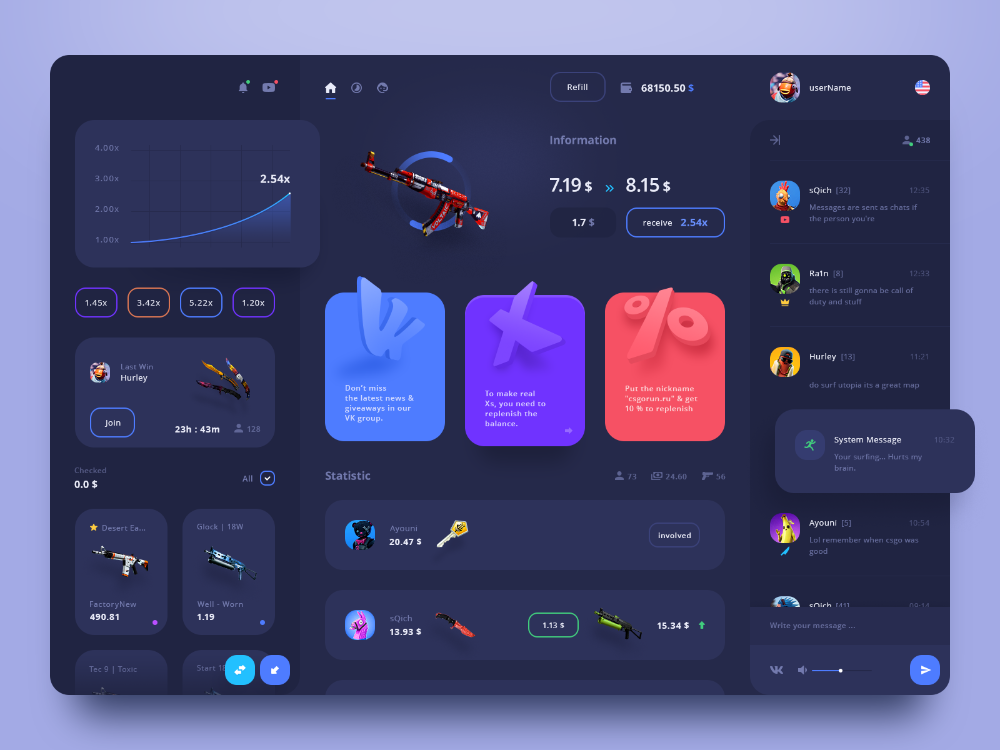As digital experiences continue to evolve, the demand for skilled UI/UX designers has surged. These professionals play a crucial role in creating user-friendly and visually appealing interfaces for websites and applications. If you’re interested in pursuing a career in UI/UX design, it’s essential to understand the educational pathways available. In this blog post, we’ll explore the courses and skills you need to become a successful UI/UX designer.
1. Foundational Courses
Before diving into specialized UI/UX design courses, it’s important to build a solid foundation. Consider taking the following courses:
- Design Principles: Learn about fundamental design concepts such as color theory, typography, layout, and composition. Understanding these principles is essential for creating visually appealing designs.
- Graphic Design: Familiarize yourself with graphic design software like Adobe Photoshop and Illustrator. These tools are commonly used in UI/UX design for creating mockups and prototypes.
- Web Development Basics: Having a basic understanding of HTML, CSS, and JavaScript can be beneficial. While UI/UX designers may not code extensively, knowing how design translates to development helps improve collaboration with developers.
2. UI/UX Design Courses
Once you have a solid foundation, you can enroll in specialized UI/UX design courses. Here are some popular options:
- Introduction to UI/UX Design: Many online platforms offer introductory courses that cover the basics of user interface and user experience design. These courses typically cover topics like user research, wireframing, prototyping, and usability testing.
- User Research and Usability Testing: Understanding your users is critical for effective UI/UX design. Look for courses that focus on user research methods, persona development, and usability testing techniques.
- Prototyping and Wireframing: Learn how to create low-fidelity wireframes and high-fidelity prototypes using tools like Sketch, Figma, or Adobe XD. These skills are essential for visualizing design concepts and gathering feedback.
- Interaction Design: This course will teach you how to design interactive elements and user flows. Understanding how users interact with digital products is crucial for creating intuitive experiences.
3. Advanced Courses and Specializations
As you gain experience, you may want to pursue advanced courses or specializations in specific areas of UI/UX design:
- Mobile App Design: Focus on designing user interfaces for mobile applications, considering unique challenges such as touch interactions and varying screen sizes.
- Accessibility in Design: Learn how to create inclusive designs that cater to users with disabilities. Understanding accessibility principles is essential for creating user-friendly experiences for everyone.
- Design Systems: Explore how to create and maintain design systems that ensure consistency across products. This includes understanding component libraries and design guidelines.
4. Online Learning Platforms
Several online learning platforms offer UI/UX design courses that cater to different skill levels. Some popular options include:
- Coursera: Offers a variety of UI/UX design courses from reputable universities and institutions. You can find courses ranging from beginner to advanced levels.
- Udacity: Provides a Nanodegree program in UX Design that covers essential skills and includes real-world projects.
- LinkedIn Learning: Features a wide range of courses focused on various aspects of UI/UX design, including software tutorials and design principles.
- Skillshare: Offers a collection of courses from industry professionals, covering topics like UI design, UX research, and prototyping.
5. Building a Portfolio
In addition to formal courses, building a strong portfolio is crucial for landing a job in UI/UX design. Consider the following tips:
- Work on Personal Projects: Create your own design projects to showcase your skills and creativity. This could include redesigning an existing app or creating a new product concept.
- Collaborate with Others: Partner with developers or fellow designers on projects to gain experience and expand your portfolio.
- Seek Feedback: Share your work with peers or mentors to receive constructive feedback. This will help you refine your designs and improve your skills.





